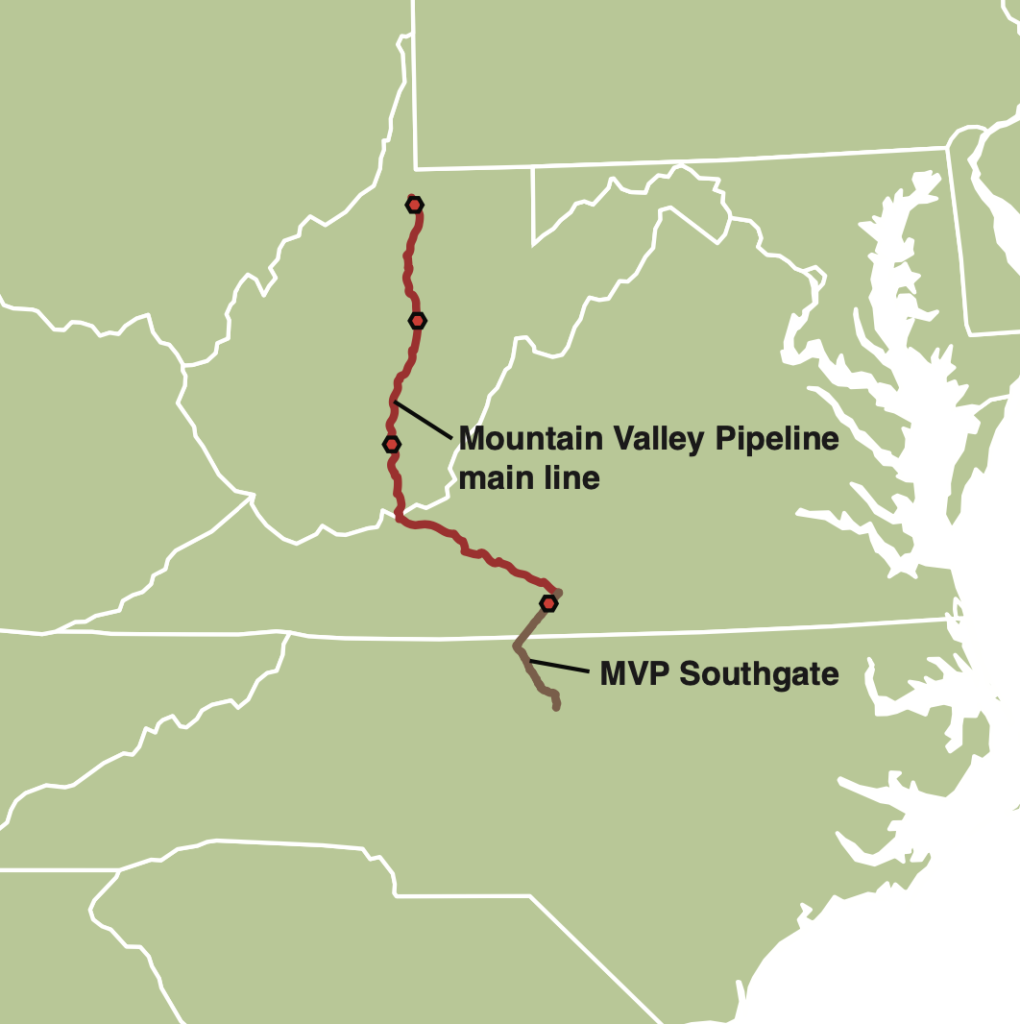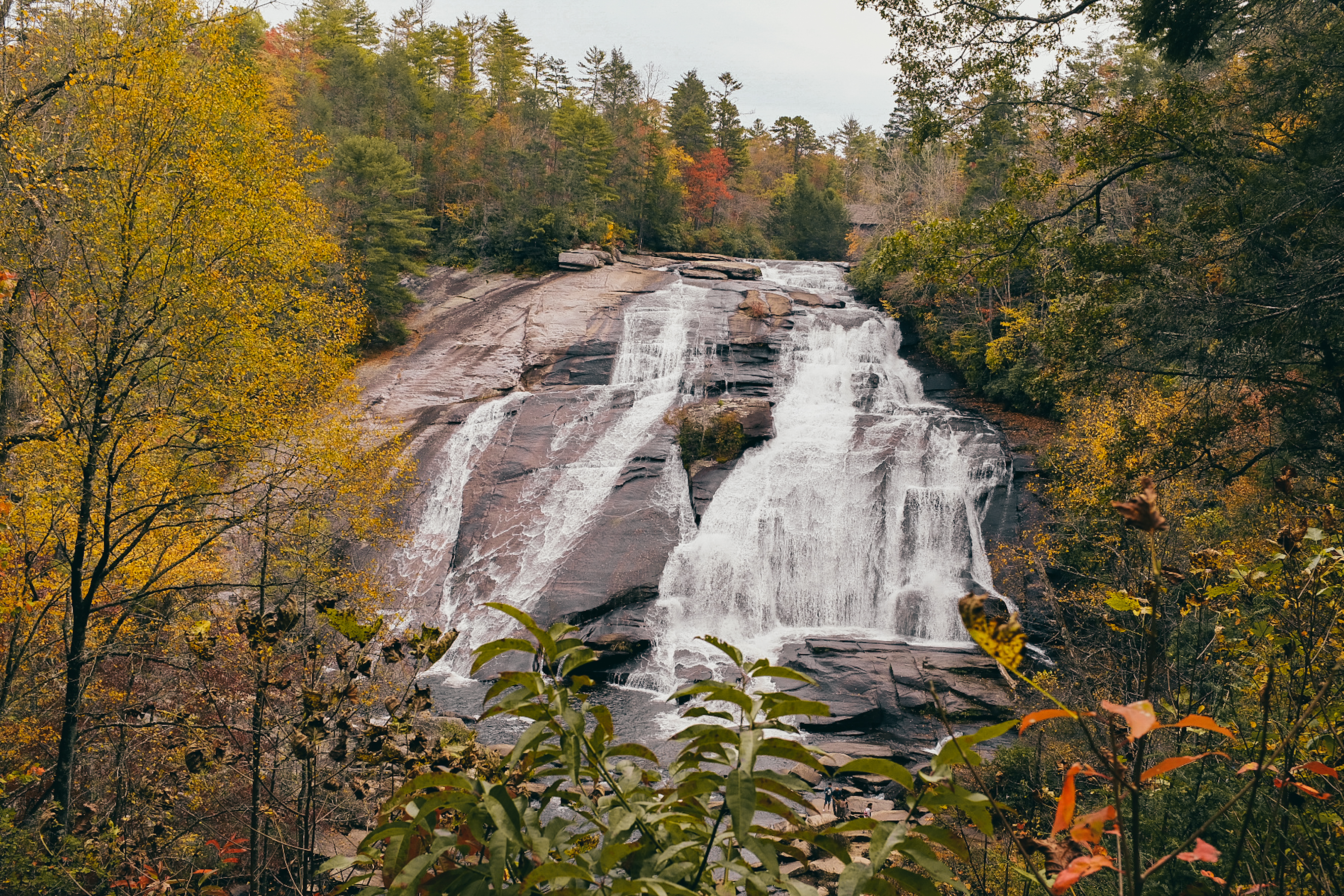Mountain Valley Watch is a collective of volunteers dedicated to documenting and reporting environmental issues related to the construction of the Mountain Valley Pipeline. We believe that it is essential to hold Mountain Valley Pipeline accountable to environmental regulations. As a result, MVWatch provides documentation of environmental compliance and education about the potential harms from MVP construction and operation. This contributes to improved transparency and meaningfulness in state and federal processes for certifying and regulating fossil fuel infrastructure projects. By working together, we can make a meaningful difference in protecting our environment and our communities.

Photo by Heather Rousseau, Roanoke Times.
Mountain Valley Watch was founded to perform aerial and field monitoring of Mountain Valley Pipeline construction for water contamination, slope failure, soil erosion, stream channel damage, and harm to adjacent properties, in order to assure compliance with environmental regulations. MVWatch is a project of POWHR.
To report a possible violation, call our hotline at (540) 251-2169 or email us, mountainvalleywatch@gmail.com.
Visit us on Facebook for the latest trainings, events, and updates.
For more information about our work, visit Who We Are or see “Environmental watchdogs: A citizens’ group monitors the Mountain Valley Pipeline,” June 2, 2018, Roanoke Times.
The Mountain Valley Pipeline
The Mountain Valley Pipeline is a fracked, natural gas pipeline being constructed in the Appalachian basin. The main line runs from Wetzel County, WV, to Pittsylvania County, VA, spanning 303-miles. The MVP mainline crosses 17 counties, thousands of streams and waterbodies, the Jefferson National Forest, and the Appalachian Trail.
In 2018, MVP announced plans to extend the mainline 70-miles from Virginia into North Carolina – called the Southgate extension.
To read more about the impacts of the MVP, see “The Status and Impact of The Mountain Valley Pipeline,” May, 2023, Appalachian Voices.

HOW HAS MVP AFFECTED LANDOWNERS?
“This house was built in 1836. It’s been labeled historic, its a historic farm. We bought this as an investment, it’s very much developable land. It’s not developable when you put a bomb in it. “
HOW HAS MVP AFFECTED THE APPALACHIAN TRAIL?
“The pipeline would be visible from the Appalachian Trail off and on for almost 100 miles. … Instead of seeing mountains, trees, beautiful vistas, we would see a permanent scar and a permanent danger.”
HOW HAS MVP AFFECTED THE ENVIRONMENT?
“When it rains all that disturbed soil thats been displaced, and is now shoved around and not protected by vegetation, will wash into our creeks. Which then feed our cisterns and our houses and we drink that water. “

Continue the fight
Donate to MVWatch
Mountain Valley Watch is a project of POWHR, which operates under a Joint Plan of Work with Virginia Organizing, a 501c3. You can donate to our efforts through Network For Good by designating POWHR on the donation page here.


